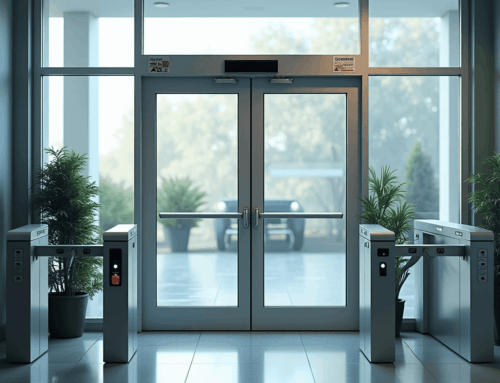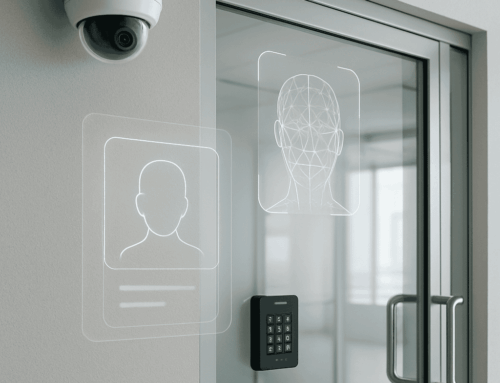More privacy, better focus: why office sound masking is the key to productivity.
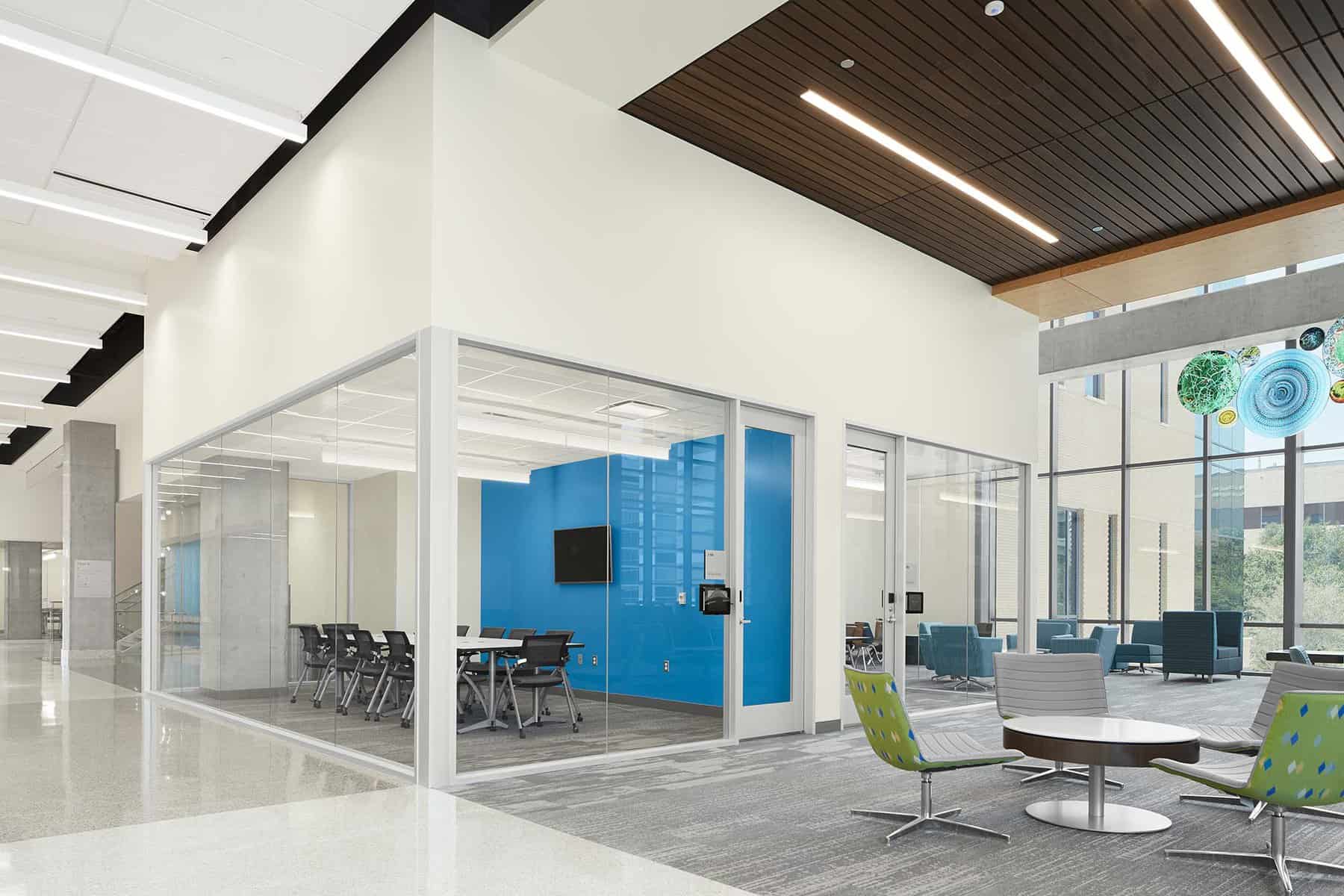
One of the most critical and overlooked components of a great office design is invisible: the soundscape. Soundscape simply means the way sound behaves in a space, including how it changes based on activity levels. Wherever you fall on the issues of open office vs. traditional office layouts, you may underestimate the importance of how people experience sound within the space. For new construction, you can bring in an acoustic expert to optimize the layout and sound-dampening materials, but even that may not be enough. Sound masking technology is a powerful and flexible way to create an office soundscape that keeps conversations private and everyone focused on their work.
The Difference Between Sound Masking And White Noise
It’s possible to “mask” an environment with sound machines that produce background noise, often white, pink, or brown. However, when we say “sound masking,” we’re referring to a specific strategy of managing noise and privacy in a shared space or workplace. White noise is a cocktail of the frequencies audible to humans mixed at the same level, meaning you hear them at the same intensity. Although effective at preventing sound spillover from nearby conversations white noise can sound harsh or unpleasant. This is especially true over long periods (think eight hours a day, five days a week).
Proper office sound masking requires the use of sound sensors and speakers placed at key points around the workspace. The sensors measure ambient sound levels created by people working, and the sensors feed that information to a controller that tells the speaker system to respond with a mix of frequencies and volume that will fully mask the work noise.
Pink And Brown Noise – Using Colors To Describe Noises
If you’ve heard of white noise, you may have also heard of pink and brown noises. These are cocktails of frequencies that are tuned to be more pleasant to the human ears. Pink noise adjusts for the higher, less enjoyable pitches you hear in white noise. Brown noise takes that approach even further, resulting in a more “bass-y” cocktail of noise.
This Sci-Show video provides a detailed explanation of the various types of background noise.
You Can Use Sound Masking To Increase Privacy And Happiness
The trend of open-floor-plan offices seems to be waning. The Harvard Business Review cites research showing that collaboration can actually decrease in an open-floor plan space. Of course, it may be too late to change the space you’re in, so how do you compensate for the increased distractions, especially noise? Sound masking.
Boosting Productivity With Office Sound Masking Technology
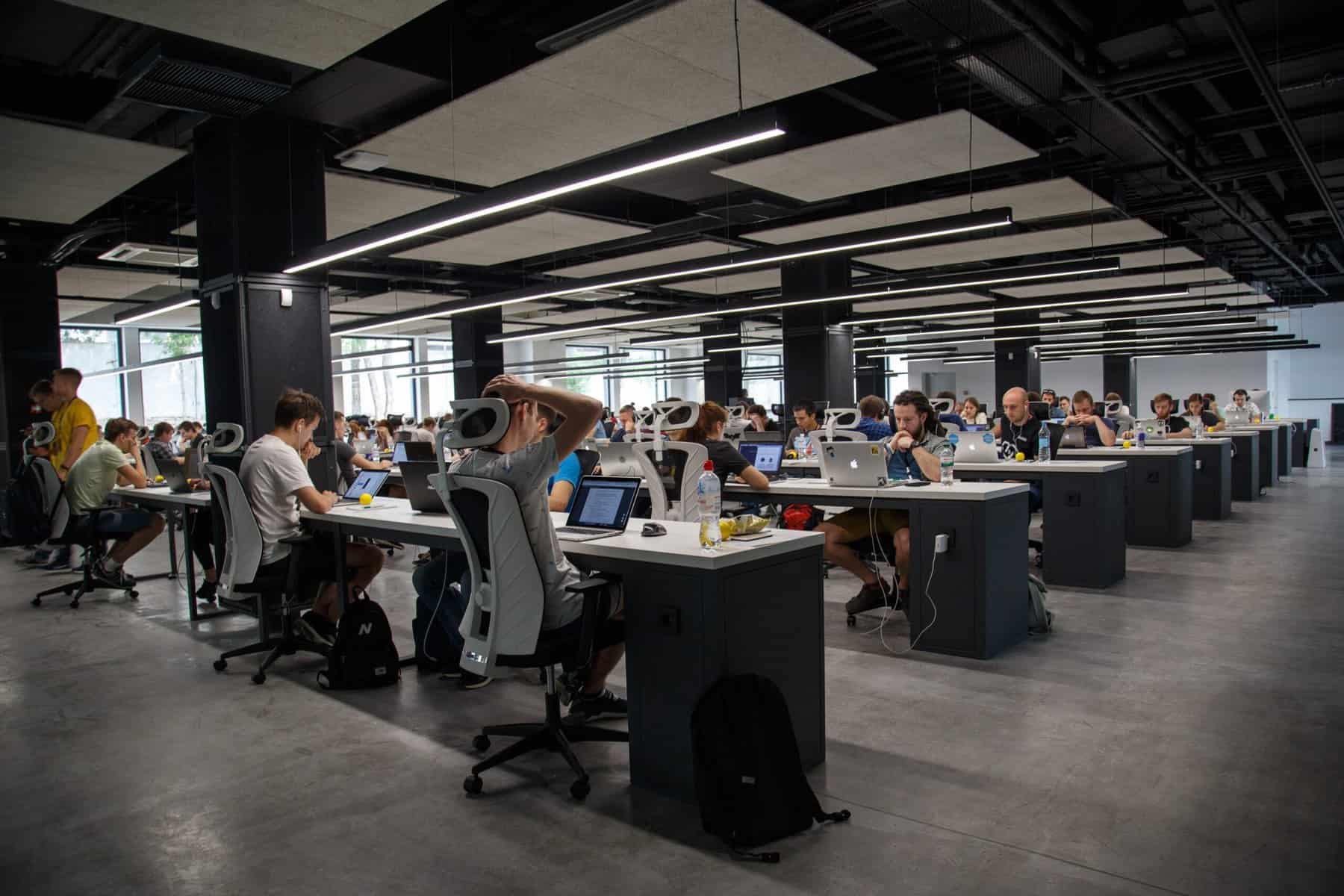
By creating a responsive environment that can reduce auditory distractions, you will help your team stay focused, and therefore more productive. Even if you’re working in a space with plenty of private offices and partitions, sound masking can provide another level of comfort and focus. After all, you can’t expect employees to treat the workplace as if it were a library, and sound masking machines accommodate unpredictable noise levels — maintaining a peaceful atmosphere and reducing the frustration associated with excess noise.
Creating Your Own “Cone Of Silence” With Sound Masking Machines
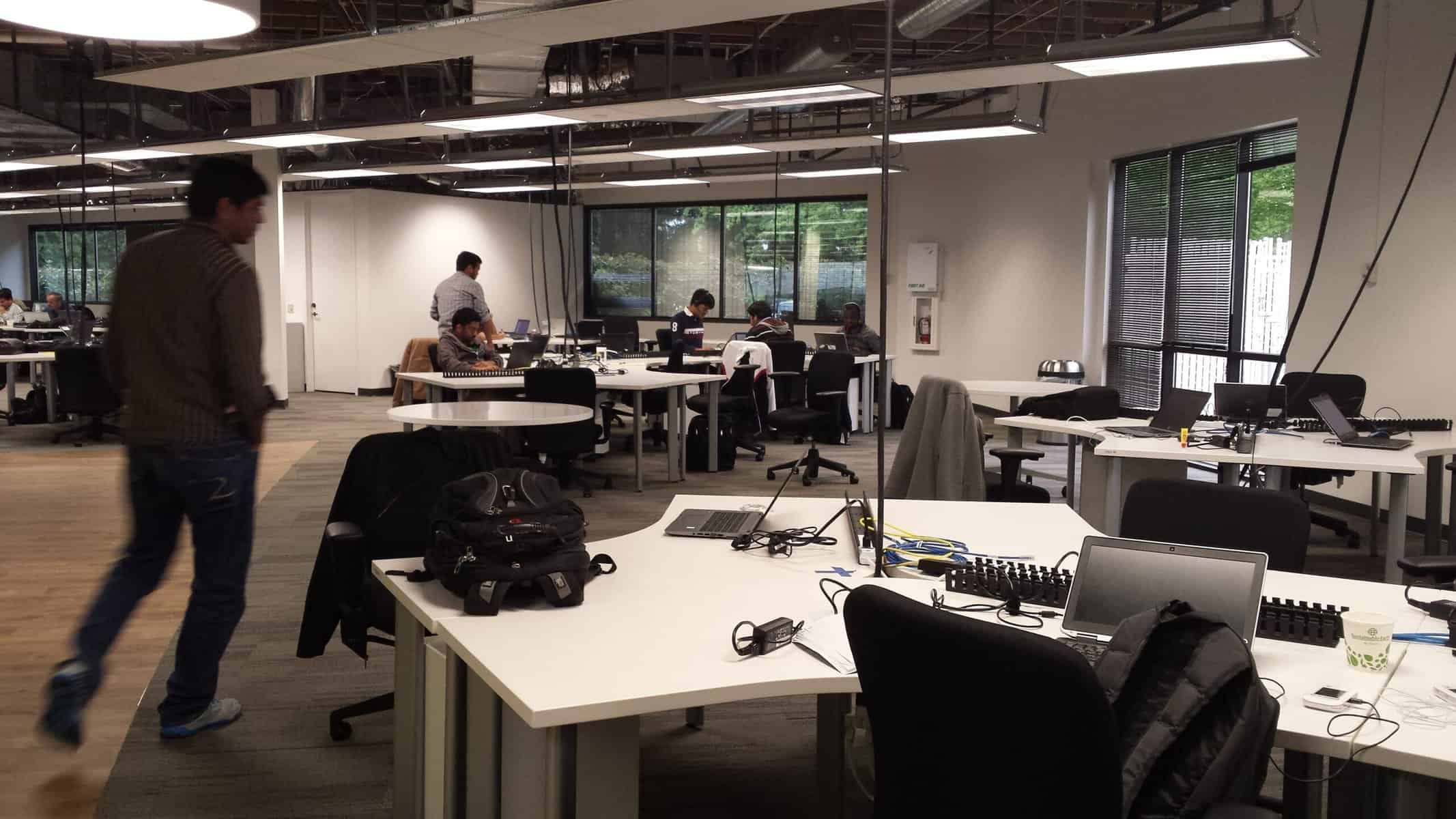
You may recall in the show (or somewhat recent film) “Get Smart” a device known as the “cone of silence” that created a soundproof barrier around anyone inside. Think of a good office sound masking system as your own version of this fictional tool.
Let’s say you work in a law office or a therapist’s clinic: the need for conversations to remain confidential is more than a matter of courtesy, it’s a pillar of your professional integrity. By installing a system that dynamically covers conversations, you ensure that privacy is maintained automatically.
Planning Your Acoustical Environment
To be clear, a sound masking system is not a constellation of noise machines tucked into corners or hidden behind potted plants. An effective system includes sensors to monitor noise levels, speakers to produce the sound, and a controller to manage the system as a whole. Typically the sound masking technology for an office can be installed in the ceiling above the modular panels, keeping it out of sight and mind.
Installation costs for a system like this range from $1.00-1.50 per square foot and the power consumption is also extremely low (In the neighborhood of a single incandescent bulb for 15,000 square foot space). You also don’t need sound masking in stairwells, bathrooms, or other utility spaces where privacy or focus is less of a priority.
In short, once you’ve decided that sound masking is the right solution for your space, it pays to bring in an expert who can evaluate the constraints of your space and implement a system that creates the best soundscape for your team.
About i.e.Smart Systems
i.e.Smart Systems is a Houston, TX based technology integration partner that specializes in design and installation of audio/visual technology and structured cabling. For more than three decades, our team of in-house experts has partnered with business owners, architectural firms, general contractors, construction managers, real estate developers, and designers in the Houston market, to deliver reliable, scalable solutions that align with their unique goals.

